 Your new post is loading...
 Your new post is loading...
When a book telling people to throw away almost everything they own becomes a best seller and the start of a spiritual movement, it’s a good indication we’re consuming too much. But it’s hard to reconcile this idea when so many families, even in some of the world’s most durable economies, feel like they are barely getting by. Households have never had so many material goods, yet we hear constant reports of economic anxiety and feelings of hopelessness. The problem is livings standards. Our expectations of what we should own have increased—but incomes, for many of us, haven’t kept up. The disconnect leaves households vulnerable and struggling. There is no doubt living standards are rising. People around the world, of all income levels, are living longer, finding more leisure time, and enjoying more luxuries than at any time in history. Remember, only 30 years ago, air-conditioning was a luxury. Now it’s practically seen as a necessity....
Generation Z, America’s youngest generation (Born in 1996 or later) has never lived in a time when the barrier to real-time information and communication has been nearly nonexistent.
By 2020, Gen Z will account for 40% of all consumers, making it more important now more than ever to successfully connect with and engage this generation to create life long relationships. While many brands invest in Millennial marketing initiatives, with Gen Z, everything is going to get even crazier. This is the generation that will end the ideals of generations.
Researchers say goldfish have a larger attention span than Gen Z (6–8 seconds) and they cannot concentrate for long period of time. YES, this is technically right. But what the data won’t show you is Why. Gen Z just has a fast pace, highly selective and decisive filter that marketers have never seen or had to encounter before. However, once they find something they deem ¨worthy¨ they can become obsessively committed and engaged. This creates a unique opportunity but it also requires a new perspective and approach.
When I am asked, ¨Connor what was the ROI?,¨ the question goes in one ear and out the other. When executives use the acronym ROI, they are using the typical meaning which stands for Return On Investment. However, I think of it in terms of Return On Interaction. Putting resources towards relationships, engagement, and giving value to meaningful interaction, meaningful to them AND you, will mean way more for your brand than any form of traditional advertising, marketing or communication....
So why is this? Why do some societies not encourage casual smiling? I got my answer, or at least part of one, when I stumbled across a new paper by Kuba Krys, a psychologist at the Polish Academy of Sciences. In some countries, smiling might not be a sign of warmth or even respect. It’s evidence that you’re a fool—a tricky fool. Krys focused on a cultural phenomenon called “uncertainty avoidance.” Cultures that are low on this scale tend to have social systems—courts, health-care systems, safety nets, and so forth—that are unstable. Therefore, people there view the future as unpredictable and uncontrollable. Smiling is a sign of certainty and confidence, so when people in those countries smile, they might seem odd. Why would you smile when fate is an invisible wolf waiting to shred you? You might, in those “low-UA” countries, even be considered stupid for smiling. Krys also hypothesized that smiling in corrupt countries would be, um, frowned upon. When everyone’s trying to pull one over on each other, you don’t know if someone’s smiling with good intentions, or because they’re trying to trick you....
The buyer’s journey is an important framework for marketing strategy — but what does it look like? How are buyers getting from step one (“Do I have a need?”) to a justified decision? How can marketers harness this knowledge to create campaigns centered around the customer lifecycle?
We’ve all heard this popularly-quoted statistic: that 70% of the buyer’s journey is complete before a buyer even reaches out to sales (SiriusDecisions). Marketers and sales reps alike are having to adjust their strategies to cope with these changing consumer practices. But what can they do about the 70% of the buyer’s journey that they’re missing out on? What are buyers doing during this time? And how can a tool like marketing automation help marketers keep pace with their buyers?...
Today more than ever, food has become one of the most important—and discussed—choices among U.S. consumers. Since food purchases are heavily influenced by trust, Boston-based consultancy C Space released a study exploring customers' perceptions. "In today's marketplace, consumers are more actively engaged than ever in choosing what foods to buy and what brands to buy them from," said Alan Moskowitz, director at C Space.
"Given the speed that information travels, brand trust can increase or erode very quickly in consumers' minds. For brands, staying close to their customers can help them stay in touch with evolving attitudes and help them collaborate with consumers on new products, packaging and marketing that earns or maintains trust."...
Nielsen's 'Global Generational Lifestyles' report, based on the responses of 30,000 online respondents across 60 countries, will help marketers better understand how consumer behavior differs across life stage.
The interesting take-out is that, in some aspects of life, generations are bucking preconceived notions of how they behave.
Take eating out, for example. While older generations may have more time and money to indulge in out-of-home dining, it is Millennials (21-34 year olds) who were found to eat out most often. Sixty percent eat out at least once per week and a third say they eat out three times a week or more....
IBM’s Watson platform has another new side project: making holiday gift predictions. The company is releasing a new iPhone app called IBM Watson Trend, which they claim can predict which gifts are most likely to sell out at stores and e-commerce sites. While aimed at helping consumers, the app also shows the investment IBM has been putting into expanding Watson into the business world.
The app shows "trending" gifts in three categories—toys, consumer electronics, and health and fitness—alongside explanatory information about why those particular objects are trending. This includes analysis of hot purchases such as Lego City and the Nikon D-SLR, as well as products like Mattel's "Hello Barbie", which are declining in popularity (IBM says that, although popular with parents, children feel the interactive doll has an outdated style)....
If you listen to marketers and advertisers, the key to success these days is targeting. “The right ad to the right person at the right time” is the common mantra.
Nope, says a new survey from brand expert network Experticity, the 2015 Marketing Mix Survey. The key driver in making a sale is the trust possessed by a source of product information.
Conducted by ReRez Research, the survey finds that 83 percent of marketers think advertising — online, broadcast, and print — is effective in influencing buyer decisions. But less than half of consumers — 47 percent — trust or believe advertising....
Some 58% of consumers in the United States say they have shopped online while watching TV, according to a recent report from Blackhawk Engagement Solutions.
The report was based on data from an April 2015 survey of a nationally representative sample of 2,608 adults in the United States.
The most popular time for online shopping is between 4 PM and 9 PM, local time, with 48% of respondents saying that's when they do so. Some 37% of consumers admit to shopping online while at work; 18% say they do so often, and 19% say they do so sometimes.
In-Store Behavior - 40% of respondents say they use their smartphone camera to demo, share, and compare products they find in-store. - 19% have purchased a product from a competitor on their smartphone while being in-store. - 38% say Amazon.com is their first choice for comparing prices on their smartphone....
The reason that consumers may purchase your product or services really boils down to 4 different factors. These include cultural factors, social factors, psychological motivations and personal motivations. If you think hard enough, every purchase you have ever made has come from one or a combination of these factors. Now lets take a deeper look into each of these factors and how they may relate to inbound marketing....
Sometimes it’s the simplest things that can make the biggest difference. One small factor in UX that can make a huge difference is color.
In fact, 85% of shoppers rate color as a primary reason for why they buy a product. It’s important to use the right colors to get the most out of your UX.
This infographic by Kissmetrics will guide your through making the right color choices for your design. The infographic describes the emotions associated with each color so that you can choose the one that best fits with your overall design.
It also talks about which colors best appeal to which type of consumer so that you can tailor your design to appeal to your customer base....
How can retailers optimize on the Consumer Confidence Index? We reveal patterns in color and pricing that change with the economic outlook.
With EDITD’s Color Analytics tools, it’s possible to view commercial activity by color. The lowest the CCI has been in the last ten months was December 2013, and the second lowest was February 2014.
Interestingly, products which sold out during those two months have something in common – there’s a huge dominance of black and grey tones. Certainly there’s some seasonality around this, but the activity in December is noteworthy – not only is this gifting and party season, but a time for sales. In February, as new season products arrive into store, it is usual to see some uplift in the palette – but with low CCI, none was evidenced....
Generation Z makes up the largest percentage (25.9%) of the US population. They aren't even 21 years old yet, but already they are beginning to exhibit influence, consumption, and spending power.So, what do marketers need to know about Generation Z?"
Generation Z is mature, self-directed, and resourceful," according to the following infographic by Marketo. They know how to self-educate and find information, and 52% use YouTube or social media for typical research assignments....
|
There’s a widening gap between how marketers and consumers feel about brands collecting data and tracking customer journeys. According to a recent report by Edelman and The University of Cambridge Psychometrics Centre, 77% of marketers believe their organization should invest in predictive data and 71% of consumers believe that brands with access to personal data are using it unethically. Much of this data is collected by tracking customer journeys, which has gotten more complicated as consumers juggle devices over the course of considering and making a purchase. An OMD report revealed that people swap devices 21 times an hour. The traditional tracking cookie falls short....
In looking to solve this problem and figure out exactly what it is that is convincing consumers to buy online, BigCommerce commissioned a study into the modern consumer journey. We learned how, when, why and where U.S. consumers buy today –– and more so, what is stopping them from doing so.
This information is incredibly important for retailers looking to sustain and grow their revenue. In today’s omni-channel world, brands must be strategic about merchandising on their various channels and need to fully understand why or why not their customers are clicking the buy button –– no matter where it appears.
Check out the infographic below for key insights or read the full State of Omni-Channel Retail Report....
At first glance, the weakness in luxury is puzzling because consumer confidence is high and Tiffany's customers still have discretionary income to spend.
But Yarbrough points out that people are increasingly spending on categories other than luxury retail.
"People are still willing to spend on auto, and they're still willing to spend on their homes which are bigger-ticket items," he said.
"They're more interested in cars or homes or experiences," he said, pointing to movies and traveling as examples — not apparel.
An analysis by Jharonne Martis, director of consumer research for Thomson Reuters, confirmed that people were spending their money on hotels and casinos, too, Business Insider's Hayley Peterson reported earlier this month....
DIVE BRIEF: Some 40% of all adults “always” or “most of the time” search Amazon, compared to 10% who say they never do, according to the latest CNBC All-America Economic Survey.
And half of Americans searching Amazon also make a purchase there, compared to the paltry 3% that retailers on average see search turn to purchase, the survey found.
The phenomenon is an all ages affair. While most consumers searching Amazon are in general younger, wealthier, better educated, and more likely to live on the West or East coasts, Amazon also snags 41% of American consumers 65 years old or older for search on its site, and almost half of them also buy....
Accenture conducted an online survey of over 4,500 consumers in October 2015 across the United States, Canada and China. Overall, consumers are showing an increase in their spending expectations this holiday season, with 40 percent of US consumers planning to spend more on holiday shopping although they are still enticed by a good deal.
Sparked by ongoing optimism around consumers’ personal financial situations across each of the five markets, consumers remain enthusiastic about Holiday Shopping–both in-store and online, although the majority of shoppers would prefer the online option over physical stores where a retailer sells their product using both channels.
And despite increased instances of cybersecurity breaches across multiple industries in recent times, consumers are increasingly open to sharing personal information with retailers in order to receive personalized offers. Privacy and security concerns are the number one reason in all markets for consumers when shopping on a mobile phone, smartphone or tablet....
Luxury in the form of premium experiences are seeing the most action in terms of spending, while high-end goods are lagging in comparison, according to new findings from a study by Boston Consulting Group.
The key finding of BCG’s Luxe Redux report is that there has been a shift in spending habits, where 55 percent of spending comes from luxury experiences rather physical goods. In addition, experiential luxury purchases grew 50 percent faster worldwide year over year than sales of luxury goods.
Findings from the 2015 Pitney Bowes Global Online Shopping Study released today confirm that search engines like Yahoo, Google and Bing remain top choices for consumers to find products online. Furthermore, marketplaces such as eBay and Amazon along with retailers remain dominant for today’s consumer transactions, according to a press release.
The study found that 33 percent of millennials use mobile devices or a mix of devices, compared to 24 percent of overall consumers in the study.
The research further reveals that online shoppers globally share commonalities in discovery and purchase of products but they maintain “unique global shopping preferences and behaviors that vary by country.” Retailers looking to expand their brands globally “should consider cultural norms and shopping preferences of consumers around the world.”...
The shopper journey is getting shorter. On average, consumers now spend approximately 68 days researching a major purchase decision, according to research from Synchrony Financial. This is a substantial drop from 2014, when shoppers spent approximately 80 days researching potential purchases.
The survey explored consumer attitudes and the path-to-purchase across 13 categories: Appliances; automotive service, tires and products; electronics; eyewear; fine jewelry; flooring; home improvement; furnishings; bedding and mattresses; lawn and garden; musical instruments; sewing; and sports and fitness equipment.
Consumers researching fitness equipment spent the least amount of time, 49 days, before making a purchase decision. On the opposite end of the spectrum, home improvement research averaged 97 days before consumers made a final purchase.....
Some might choose to tackle the Gen-Y demographic and wait on learning more about Gen Z, and others might just group these audiences together and figure they’re killing two marketing birds with one stone. But Deep Focus’ latest Cassandra Report, Gen Y and Gen Z want very different things from brands, and now that people who are a part of Gen Z are making independent purchasing decisions, that distinction is very important....
What's important to understand about attribute framing is that it's entirely irrational and easily bleeds into stupid decision making.
Taking the soap example, consumers might favor soap sold as "95% Pure" over soap sold as "Only 1% Impure" even though the latter is the superior product. That's why advertisers and marketers can (and do) use attribute framing to create preference for inferior products.
So here's the kicker. The study unexpectedly revealed that male great apes were more susceptible to attribute framing than females. In other words, men are more likely than women to make an irrational (i.e. dumb) decision based upon attribute framing....
Over the past two weeks we conducted a series of four webinars that collectively comprise theHooked On Customers Summit. Over 260 people attended.
The eight speakers and I packed an incredible amount of insight into just four hours. I thought it would be interesting to try to choose one key insight from each speaker. So without further ado, here are my 9 top insights from the Summit. Thanks to all our speakers for a phenomenal job!...
In this study, a survey of 600 digitally savvy consumers and marketers commissioned by Kitewheel, a real-time marketing hub for agencies, 80 percent of consumers said they will search the web, conduct product research, read reviews and compare prices between different retailers at least 75 percent of the time before purchasing.
The fact that the customer journey involves many more touchpoints now isn’t news, but it’s worth repeating because this change is fundamental to how marketers adapt user experiences across all channels....
|



 Your new post is loading...
Your new post is loading...



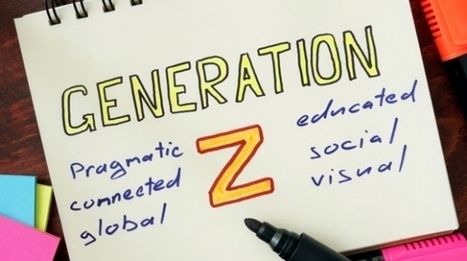


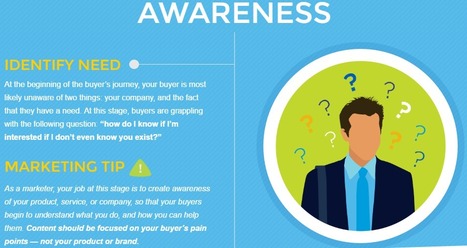


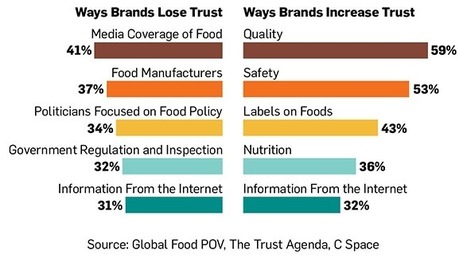




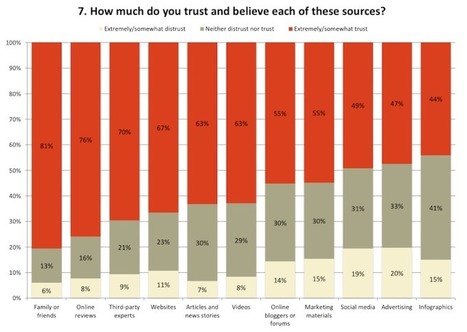








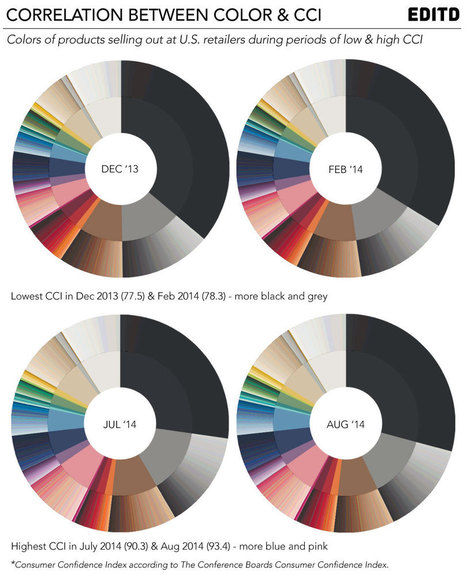
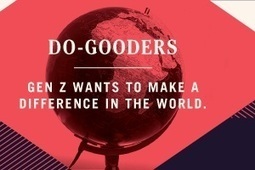

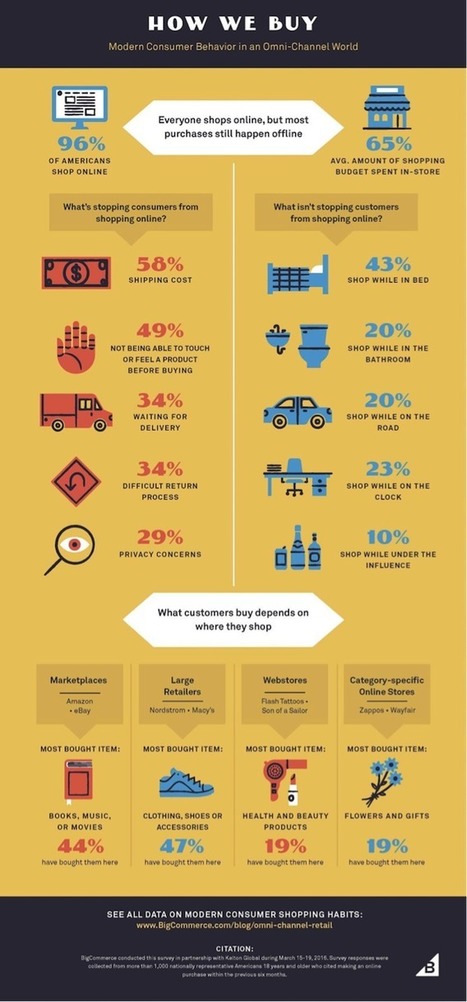

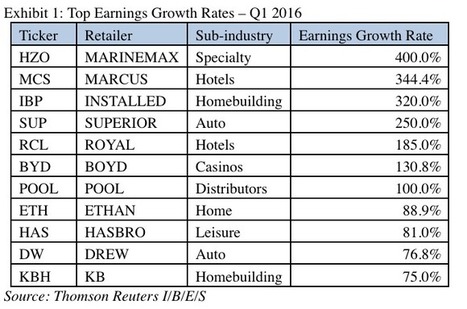
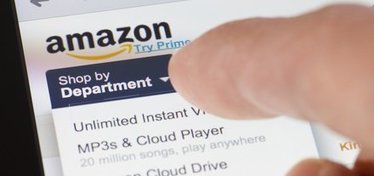


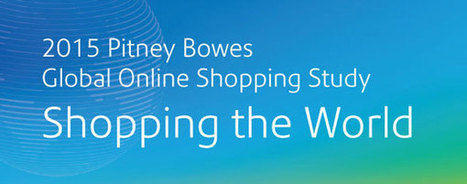










Very thoughtful post and recommended reading. 9/10